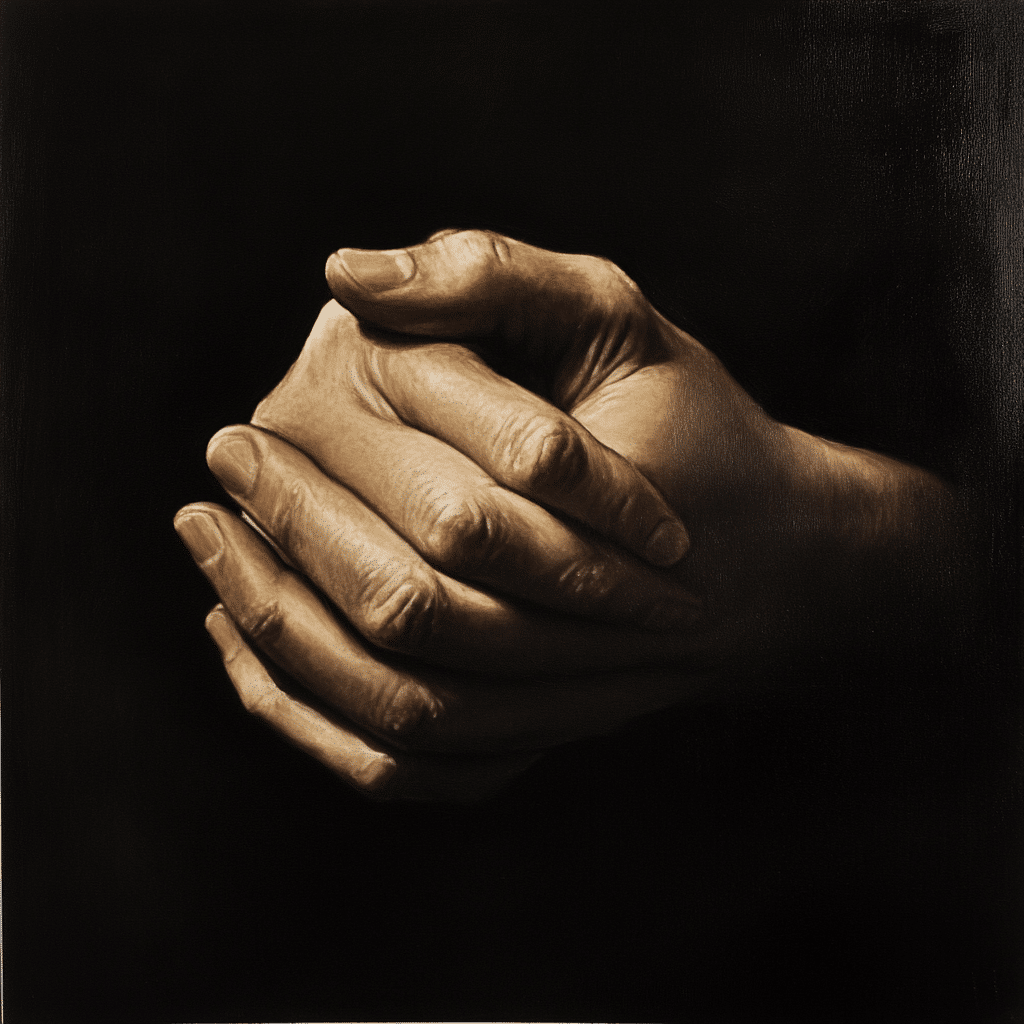Understanding hands clasped body language is essential for effective communication. Whether you’re on stage capturing an audience’s attention or in a boardroom negotiating a deal, your body language speaks volumes. Hands clasped, whether in front or behind the back, communicates emotions and intentions that can dramatically impact your interactions. Let’s explore the nuances, interpretations, and implications of this significant form of non-verbal communication.
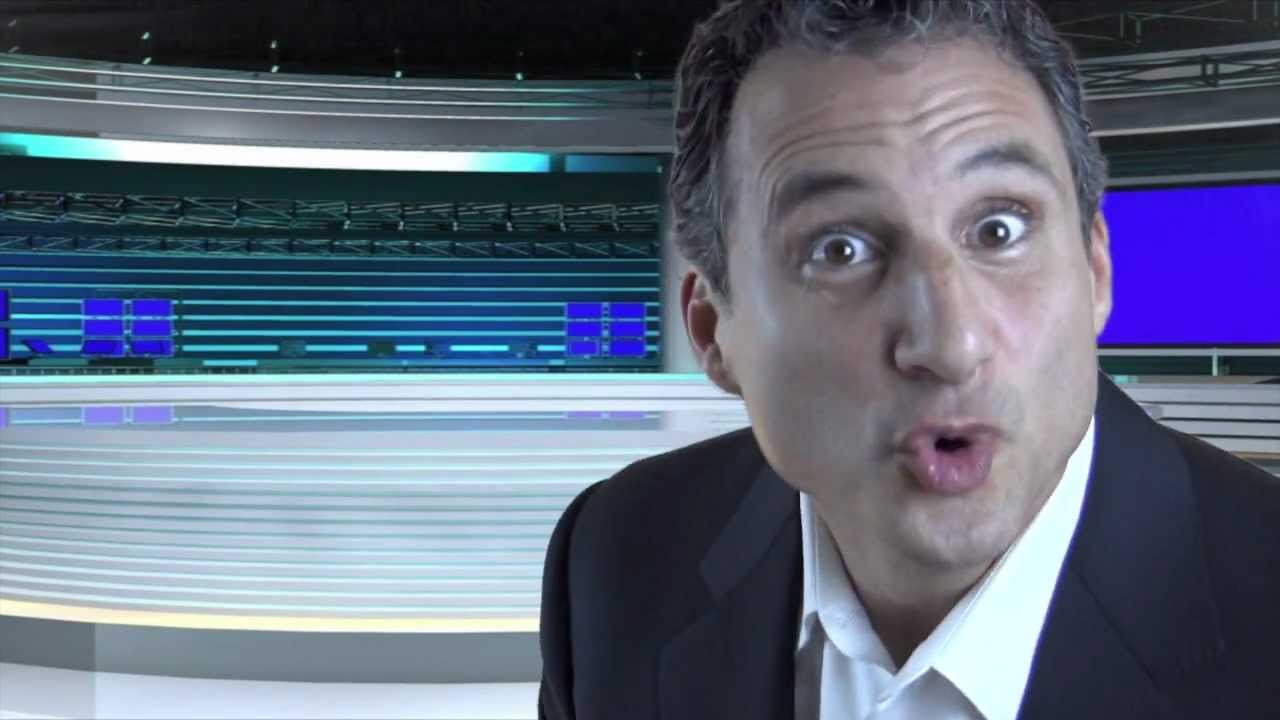
The Nuances of Hands Clasped Body Language in Different Contexts
Different situations call for varying interpretations of hands clasped body language. In a high-stakes meeting, you may spot a leader confidently presenting their ideas with hands clasped in front—exuding authority and control. On the flip side, if someone clasps their hands tightly behind their back during a challenging dialogue, it might signify defensiveness or discomfort.
Consider the context. Hands clasped body language isn’t one-size-fits-all. It transforms based on your environment, the stakes of the conversation, and the emotions involved. Recognizing these subtleties can sharpen your ability to engage and connect with others effectively, enhancing your overall communication strategy.
Top 5 Interpretations of Hands Clasped Body Language
Think of Barack Obama, who frequently adopts a hands clasped posture while speaking. His stance radiates confidence and assurance. Conversely, when someone clasps their hands too tightly before a presentation, it often hints at underlying anxiety or apprehension.
Tennis superstar Serena Williams often showcases hands clasped behind her back during press events. It signals a defensive stance, indicating readiness for tough inquiries, particularly about sensitive topics like her performance. Observing such body language can offer key insights into a person’s emotional state.
In collaborative spaces, leaders like Satya Nadella, CEO of Microsoft, have been observed with hands clasped in front, fostering engagement. In contrast, fidgeting with clasped hands suggests a sense of detachment from the conversation. Emotional connection can be boasted if you cue into your audience’s body language.
When comedian Ellen DeGeneres pauses to reflect during interviews, you may notice her hands casually clasped in front of her face. This signals thoughtful consideration. By recognizing these gestures, you can improve the depth and quality of your interactions.
Adapting your body language based on your setting can enhance communication effectiveness. In formal job interviews, hands clasped communicate poise. However, in social situations, this posture might project rigidity. The right body language gives you the freedom to be yourself—comfortable yet professional.
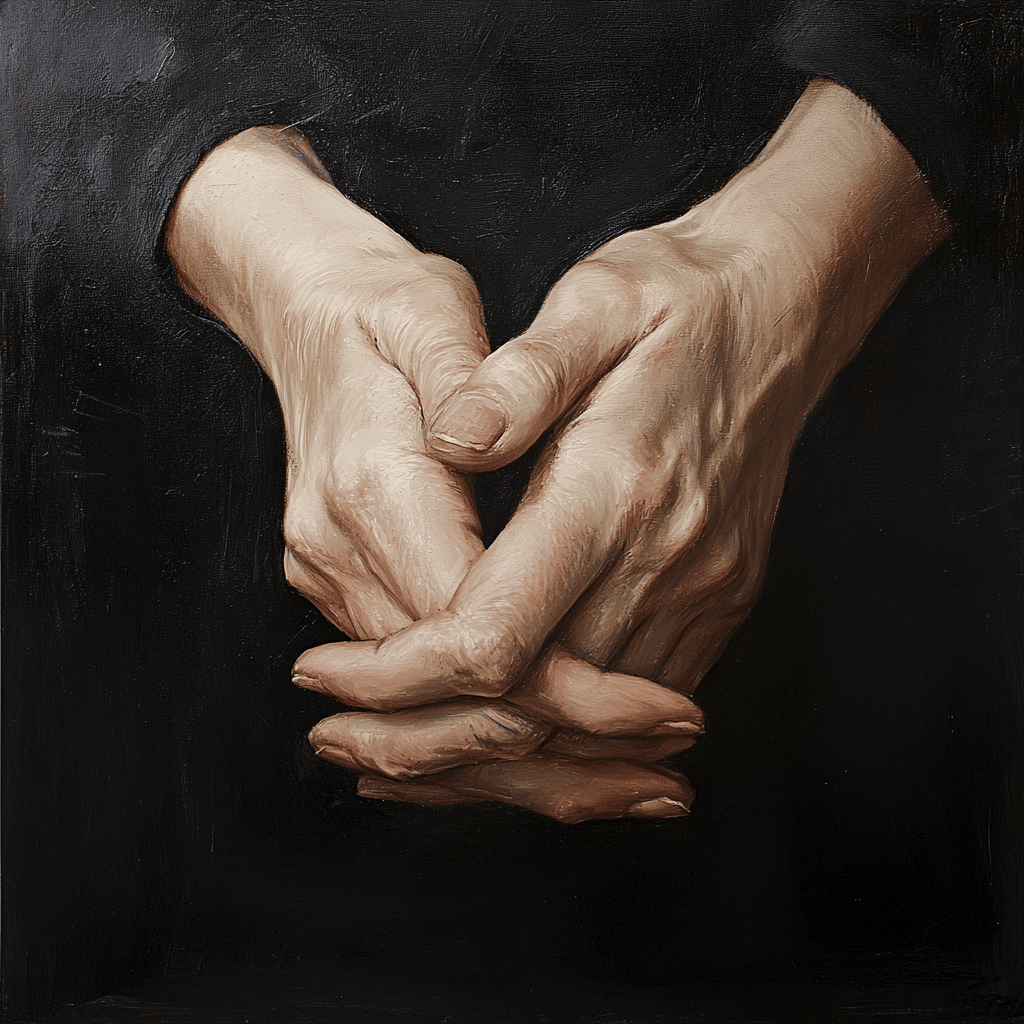
Hands Clasped in Front vs. Hands Behind Back Body Language: A Comparative Analysis
Understanding the distinction between hands clasped in front and behind the back reveals crucial insights. When you observe hands clasped in front, it suggests focused engagement and transparency. Conversely, hands behind the back can illustrate desire for control or authority. Renowned leaders like Oprah Winfrey often use this position for commanding presence while engaging audiences.
Both gestures have their place, but awareness of your audience is critical. You’re not just speaking; you’re also non-verbally communicating. Tailoring your gestures to your message strengthens your overall impact, crafting not just a speech, but an experience.
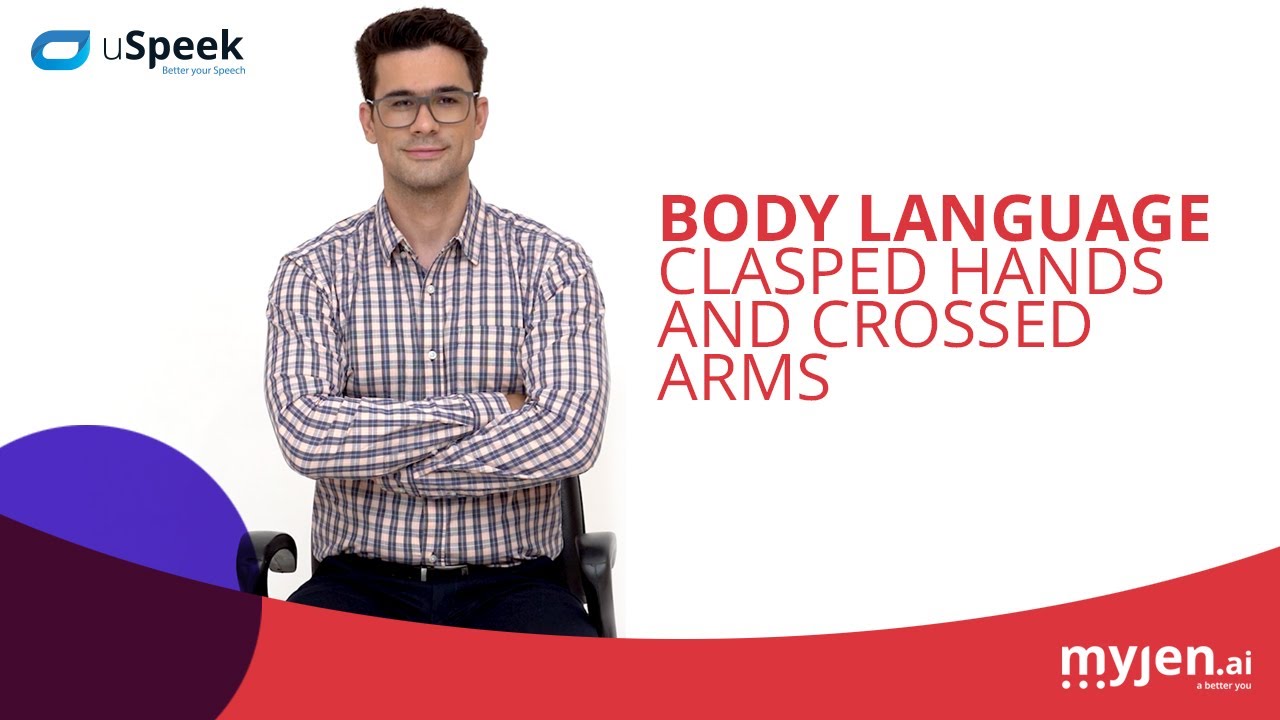
The Role of Head Tilting in Association with Hands Clasped Body Language
Body language doesn’t operate in isolation; it’s a complex interplay. Pairing head tilting with hands clasped reveals deeper emotions. When someone tilts their head alongside clasped hands, it showcases curiosity. However, tilt head body language accompanied by closed hand positions can indicate defensiveness, confusing you and your audience.
By considering how these two dynamics interact, you gain a clearer understanding of the speaker’s emotional landscape. This nuanced approach allows you to adjust your own body language, creating a more engaging and relatable environment.

Real-World Implications of Understanding Hands Clasped Body Language
Awareness of hands clasped body language can significantly impact your career and professional interactions. Companies investing in communication skills see measurable improvements in employee engagement and leadership pack. A Harvard Business Review report revealed that businesses focusing on emotional intelligence training achieved remarkable results in team dynamics.
Use real-world examples to bridge the gap between knowledge and application. Successful organizations emphasize training on non-verbal cues, enhancing context interpretation. As you develop these skills, you shape not only your destiny but influence those around you.
Crafting Meaningful Interactions Through Body Language Awareness
In conclusion, mastering hands clasped body language empowers you to navigate complex conversations effectively. Whether in the boardroom or during public speaking events, understanding these gestures fosters confidence and builds trust. That’s how successful presenters thrive in today’s competitive landscape.
So, the next time you’re in conversation, pay attention to your hands and the hands of others. Recognizing these vital cues will elevate your communication game. Remember, you’re not just conveying words but emotions, ideas, and connections. Let’s harness the power of body language to amplify your message and achieve your speaking goals!
Online resources can help as well! If you’re looking for better presentation tips, check out the best Slides For presentation. To ensure your audience engages, explore ways to make Slides more interesting. Now go out there and make your mark!
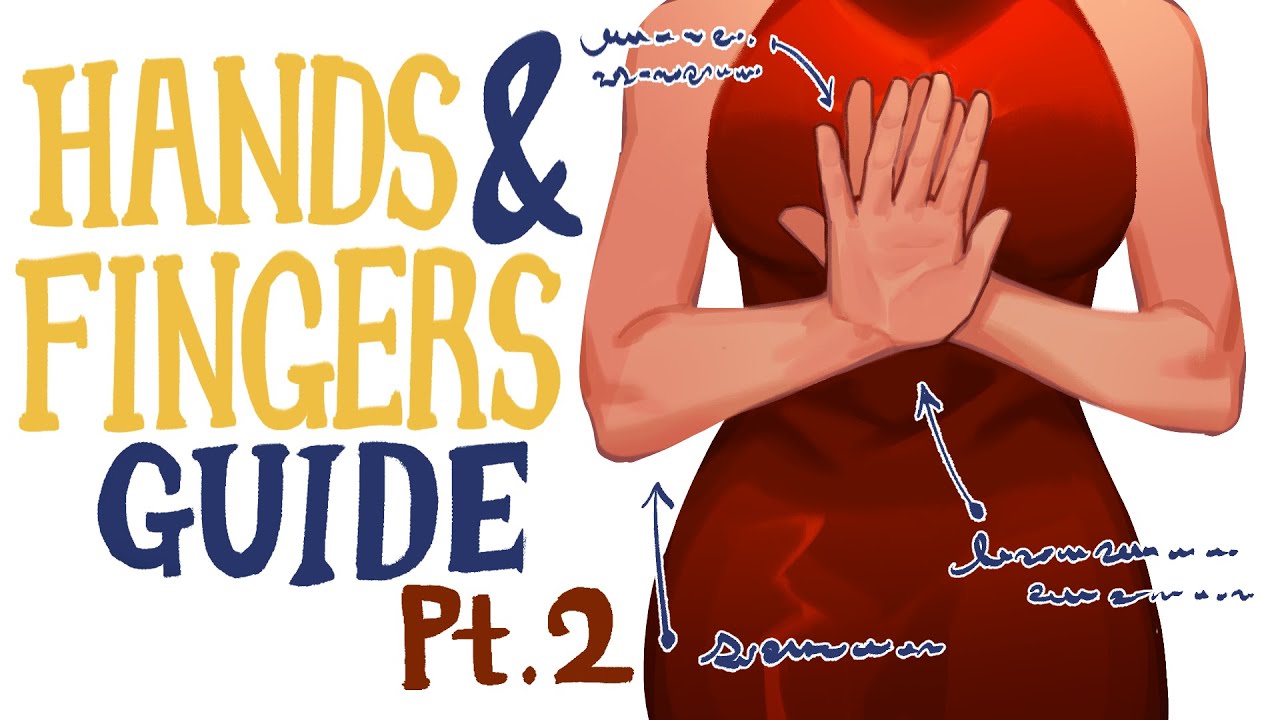
Understanding Hands Clasped Body Language
When you spot someone with their hands clasped, whether at a meeting or social gathering, you might wonder what’s going on inside their head. This gesture often signals a range of emotions, from anxiety to contemplation. What’s fascinating is that body language, like clasped hands, can reveal more than just the surface level. For instance, did you know that how we tilt our heads can also indicate openness or defensiveness? Discovering the way body cues intertwine can really unlock your understanding of interpersonal communication, much like understanding how habits can shape our lives; they play a crucial role in achieving both personal and professional goals.
The Psychology Behind the Gesture
Hands clasped body language isn’t just about nervousness; it can also suggest a person is deep in thought, like pondering the best hotel options in Palm Springs for a relaxing getaway. Equally, this gesture might communicate engagement in a critical conversation, where they’re mentally processing their thoughts. Remember Nadya Tolokonnikova? Her expressive gestures often amplify her message; similarly, when someone clasps their hands, they may be bracing themselves for an important point or simply holding back a flurry of feelings. Understanding these subtle signals can steer you towards improved interactions in your personal and business relationships.
Beyond the Basics: Context is Key
The context behind hands clasped body language is vital. In tense moments, people might cross their arms as well, which often goes hand in hand with clasped hands, making it a dual signal of defensiveness or discomfort. For instance, during social gatherings, witnessing someone clenched up might remind you of the chaotic flooding that hit New Belgium in Asheville. Yet, in a different light, clasped hands may also reflect focus or self-restraint, much like the dedication of a person taking strides in their career. Just as Hoka work shoes cater to comfort on long runs, being aware of body language can help you navigate and adapt to various social scenarios, making you a more effective communicator.
So, next time you notice hands clasped, think about what it could mean. Whether they’re in a moment of frustration or reflecting deeply, it’s all pointing to more than just a simple act—it’s a peek into human emotion and interaction. And remember, context is key; just as Ray-Ban Stories seek to capture life’s moments through a unique lens, understanding the nuances of body language allows you to appreciate the subtleties of human interactions in a whole new light!
